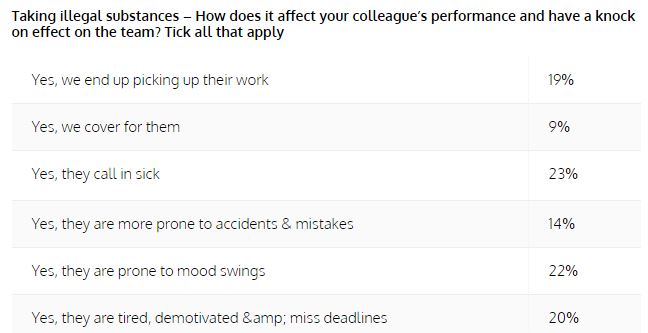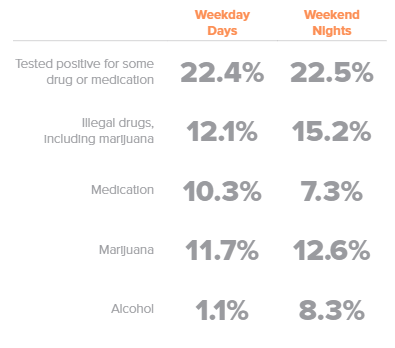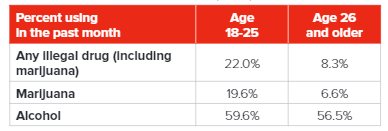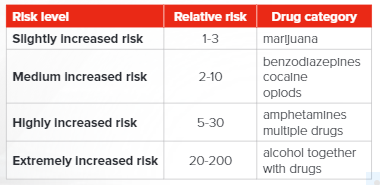UK Study: Over a third of employees know or suspect their colleagues have a drug problem

UK law firm, Crossland Employment Solicitors published a report highlighting a study of 100 respondents (500 employees and 500 employers) which found that over one-third of employees know or suspect that their colleagues have a drug problem or take illegal substances either during or outside work.
Other study highlights, or low lights depending on your perspective…
- 12.5% say they take illegal substances every week
- 23 per cent admitted they had done something illegal to fund their drug use either in or outside of work
- 46 per cent of respondents also confirmed that they were aware of the potential disciplinary action that could be taken against them for substance abuse and result in them losing their job, but another 35 per cent were unsure of the exact grounds and consequences of any action

Read the entire article here.
Purchase and access training right now!
Click Here To Buy DOT Supervisor Course – $35 or less!
Click Here To Buy DOT Employee Drug Awareness Course – $10 or less!
Course topics – DOT Supervisor Training Online
Intro: The Drug Free Workplace Act of 1988 | Reasonable suspicion training requirements (Regulations overview) | Record keeping | Course learning objectives
The Big Picture: The effects of substance abuse on society | The effects of substance abuse on the individual and family | The effects of substance abuse in the workplace
Drug Testing: The drug testing process & safeguards | Substance Abuse Professionals | DOT substance testing | Detection times | Refusals
Alcohol Testing: The alcohol testing process | Evidential breath tests (EBTs) | Breath Alcohol content (BAC)
Drug Classifications & Effects of Use: Depressants | Stimulants | Hallucinogens | Other drugs of abuse (K2/Spice, Bath Salts, etc.)
The Supervisors Role: Role overview | Confidentiality | Reasonable suspicion testing | Specific, Contemporaneous, articulable definitions w/examples
Common Use Indicators: Identifying abusers | Stereotyping | Physical symptoms | Behavioral symptoms | Mental symptoms | Job performance | Drug paraphernalia
Intervention: Crisis vs. performance scenarios | Documentation | Enabling | Confrontation and interview | Dos and don’ts | Transportation to the collection site
DOT Supervisor Training Online fulfills:
Federal Motor Carrier Safety Administration (FMCSA) – 49CFR Part 382.603
Federal Aviation Administration (FAA) – 14 CFR Part 121 Append I & J
Federal Transit Administration (FTA) – 49 CFR 655
Pipeline and Hazardous Materials Safety administration (PHMSA)
U.S. Coast Guard (USCG) – §16.250 Reasonable cause testing requirements




